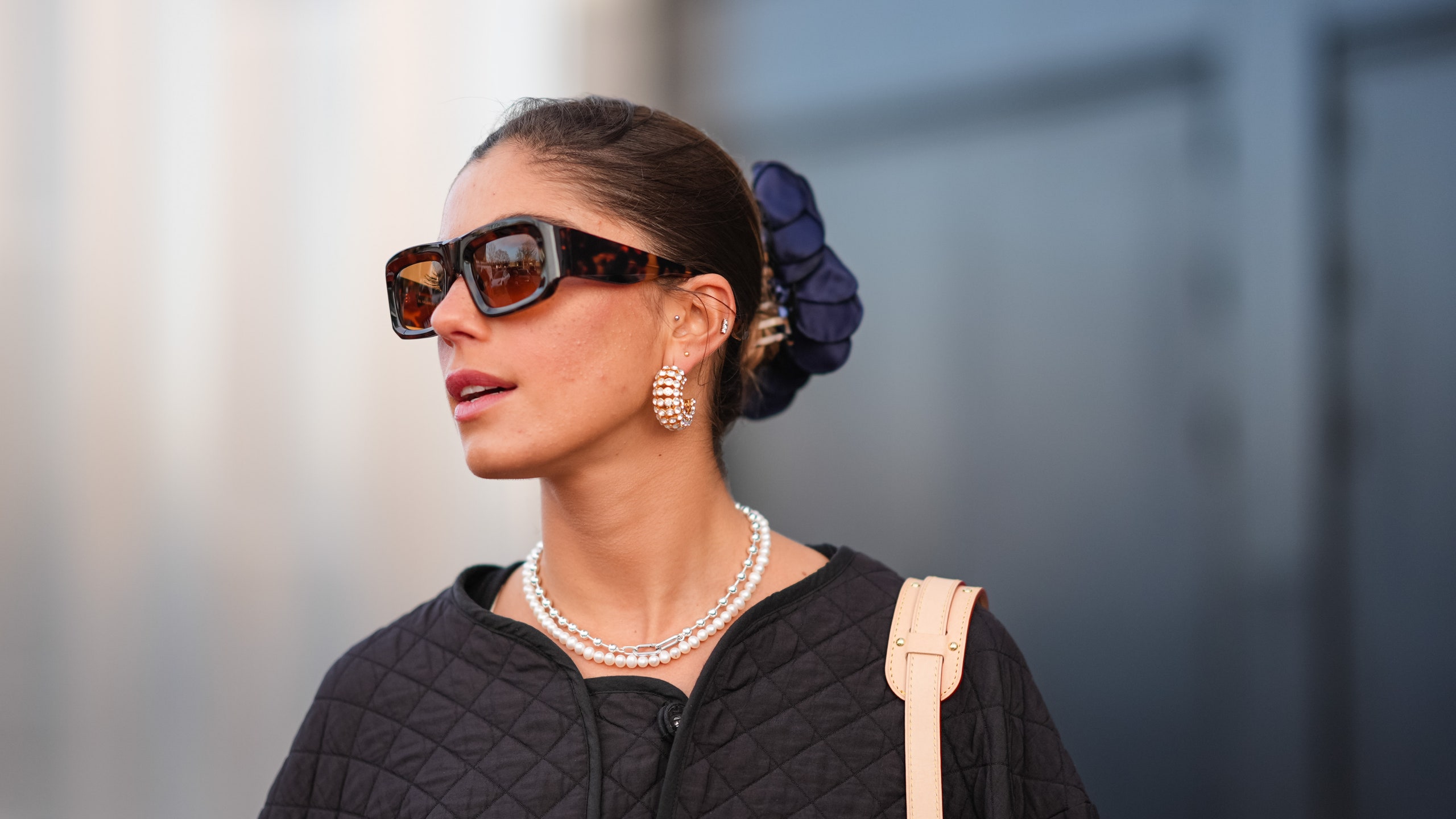Sunglasses are a prevalent accessory, worn by individuals for a diverse range of functional and expressive purposes. Their presence often carries implications beyond simple UV protection or fashion.
Primary Reasons for Wearing Sunglasses
The decision to wear sunglasses is typically driven by one or more of the following factors:
- Ocular Protection: This is a fundamental reason. Sunglasses shield the eyes from harmful ultraviolet (UV) A and UVB radiation, reduce glare from reflective surfaces (enhancing visual clarity and comfort, especially for activities like driving or water sports), and protect against environmental elements such as wind, dust, and debris.
- Fashion and Aesthetic Expression: Sunglasses serve as a significant style statement, allowing individuals to express personality, complete an ensemble, or adhere to contemporary fashion trends. Different frame styles and lens colors contribute to varied aesthetic appeals.
- Anonymity and Privacy: By obscuring the eyes, sunglasses can provide a degree of anonymity or a sense of personal space, particularly in public settings.
- Concealment: They are often used to hide signs of fatigue (e.g., dark circles), emotional states (such as crying or redness), or physical conditions like eye injuries or dilated pupils from medical procedures.
- Medical and Health Requirements: Individuals with photophobia (light sensitivity), certain eye conditions, or those recovering from eye surgery may require sunglasses for comfort and protection, even indoors.
Social Perception and Interpersonal Dynamics
The act of wearing sunglasses invariably influences social perception and can affect interpersonal interactions:

- Attributed Traits: People with sunglasses are often perceived as cool, confident, or enigmatic. However, depending on the context and cultural norms, they might also be seen as aloof, unapproachable, or even untrustworthy due to the lack of direct eye contact.
- Impact on Non-Verbal Communication: The eyes are critical for conveying non-verbal cues. Sunglasses can obstruct these signals, potentially making it harder to gauge a person's emotions, sincerity, or level of engagement during a conversation.
- Contextual Appropriateness: The social acceptance of wearing sunglasses is highly dependent on the situation. For instance, wearing them indoors or during a direct, serious conversation is often considered impolite or disrespectful in many cultures.
In essence, observing people with sunglasses involves recognizing a complex interplay of practical needs, stylistic choices, and nuanced social signaling. Understanding these motivations and perceptions offers a clearer insight into this common human behavior.







